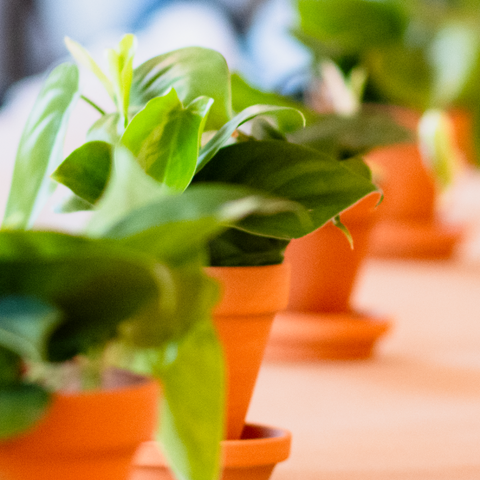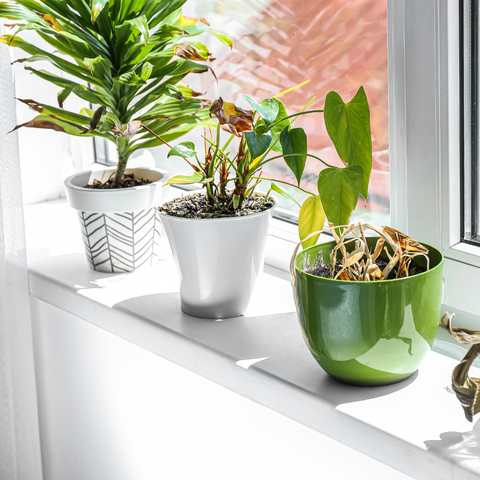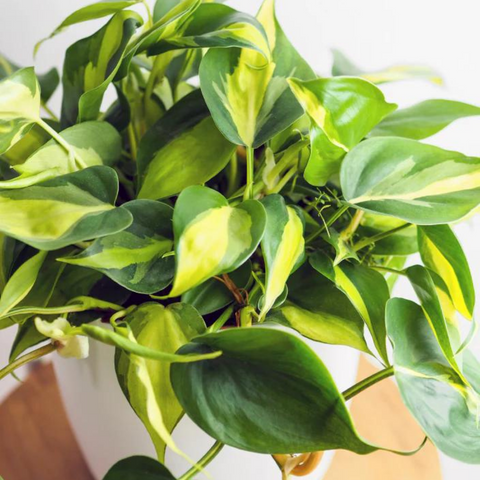In today's fast-paced world, where pollution levels are soaring, and environmental concerns are at the forefront of discussions, ensuring clean and fresh air indoors has become more crucial than ever. With the rise of indoor pollutants from various sources, such as cleaning products, furniture, and electronic devices, it's essential to seek natural solutions for improving indoor air quality. One of the most influential and aesthetically pleasing methods is incorporating air-purifying plants into your living and working spaces. In this comprehensive guide, we'll explore the best plants for air purification, helping you breathe easier and live healthier naturally.
The Importance of Indoor Air Quality
Before diving into the world of air-purifying plants, let's understand why indoor air quality matters. According to the Environmental Protection Agency (EPA), indoor air can be two to five times more polluted than outdoor air. Prolonged exposure to indoor pollutants can lead to various health issues, including respiratory problems, allergies, and even more severe conditions like asthma and lung cancer. With people spending approximately 90% of their time indoors, ensuring clean air within our living and working environments is paramount for overall well-being.
How Plants Improve Indoor Air Quality
Plants have long been recognized for their ability to purify the air by absorbing toxins and releasing oxygen through photosynthesis. They can also remove harmful chemicals, such as formaldehyde, benzene, and trichloroethylene, commonly found in indoor environments. Through their natural mechanisms, air-purifying plants act as living air filters, effectively cleansing the air and creating a healthier indoor atmosphere.
Top Air-Purifying Plants for Your Home or Office
1. Snake Plant (Sansevieria trifasciata): Also known as the "Mother-in-Law's Tongue," this hardy plant is incredibly resilient and efficient at removing toxins like formaldehyde and benzene from the air. It thrives in low light conditions and requires minimal maintenance, making it an ideal choice for beginners.
2. Peace Lily (Spathiphyllum): With its elegant white blooms and lush green leaves, the Peace Lily is not only visually appealing but also excellent at removing common indoor pollutants like ammonia, formaldehyde, and xylene. It prefers indirect sunlight and moderate watering, making it suitable for indoor environments.
3. Spider Plant (Chlorophytum comosum): Renowned for its air-purifying properties, it is proficient at removing toxins such as carbon monoxide and formaldehyde. Its arching foliage and spider-like offsets make it popular for hanging baskets or tabletop displays. Spider Plants thrive in bright, indirect light and prefer well-draining soil.
4. Boston Fern (Nephrolepis exaltata): With its feathery fronds and lush greenery, the Boston Fern not only adds a touch of elegance to any space but also excels at removing pollutants like formaldehyde and xylene. This humidity-loving plant thrives in indirect light and requires consistent moisture to flourish.
5. Rubber Plant (Ficus elastica): Featuring large, glossy leaves, the Rubber Plant is highly effective at removing formaldehyde from the air. Its sturdy nature and low maintenance requirements make it an excellent choice for beginners or those with busy lifestyles. Rubber Plants prefer bright, indirect light and moderate watering.
Tips for Maximizing Air Purification with Plants
- Placement: Position air-purifying plants strategically throughout your home or office, focusing on areas with higher concentrations of pollutants, such as kitchens, bathrooms, and near electronic devices.
- Maintenance: Regularly dust your plants' leaves to ensure optimal air purification efficiency. Additionally, soil moisture levels and water should be monitored accordingly to prevent overwatering or underwatering.
- Rotation: Rotate your plants periodically to promote even growth and exposure to light, ensuring consistent air purification benefits.
- Variety: Incorporate a diverse selection of air-purifying plants to target a wide range of indoor pollutants and enhance the overall effectiveness of natural air purification.
Conclusion
By harnessing the power of nature, you can create healthier indoor environments for you and your loved ones to enjoy, one plant at a time. Embrace the beauty of natural air purification and breathe easier, knowing you're enhancing your well-being while bringing the outdoors inside.





Comments (0)
There are no comments for this article. Be the first one to leave a message!